In Greg's Garden: Old-Fashioned Petunias
By Greg Grant, Texas A&M AgriLife Extension Service
I think that I started writing for Texas Gardener some 30 years ago, when I was the county horticulturist in San Antonio.
Heck, I’m no spring chicken. I now enjoy reading my AARP magazine and getting a senior citizen’s discount at my favorite little movie theater. It turns out there are more benefits to old age than just wisdom.
One is being able to say what you think. My mother has always told me, “I can’t imagine what you are going to be like when you are 80, because you are unbearable now.”
I can’t wait! Another is figuring out what you truly love, regardless of what other people think of it. I’ve always been good at this, but I’m even better at it now.
I’ve come to love many things in this wonderful horticultural life, including heirloom plants, fragrance, reseeding annuals, fragrant flowers and Claude Monet’s Impressionism.
Pass-along petunias

If there’s one plant that pulls all this together for me, it’s the lowly historic hybrid petunia mélange that I simply refer to as “old-fashioned” petunias.
I’m exposed to an omnipresent number of negative Nellies in my profession, so I’ll go ahead and start with why you wouldn’t want these cast-aside, pass-along petunias.
They don’t come in yellow, red, picotees or ruffles. The flowers aren’t very large. The plants aren’t compact. They weren’t bred for selling in six packs, which is just fine, because nobody sells them in six packs. Heck, they generally aren’t sold at all and never have been.
Their existence goes back to South American plant explorers of the 1800's when the white-flowered, night- fragrant, Petunia axillaris (formerly P. nyctaginiflora and Nicotiana axillaris), was introduced from Brazil in 1823. In 1831, the smaller-flowered, violet-colored P. integrifolia (formerly Salpiglossis integrifolia and P. violacea) was introduced from Argentina.
These two species apparently found a cozy cottage somewhere because after that, their offspring (P. x hybrida) were myriad and immortal. The initial cross of these two wild species gives a genetic swarm of everything from plants that look like either parent to every shade of pink, lavender and mauve in between.
I find the hybrid combination of colors extremely attractive (think Claude Monet), but early snooty gardeners considered them “muddled” (think Harry Potter mudbloods).
So as always has been the case, plant breeders started an immediate quest for “improved” larger flowers, ruffles, reds, yellows, stripes, picotees and, of course, tidy plants that stayed in their pots.
This beautiful array of “modern” petunias has been a mainstay of the bedding-plant industry ever since and are planted each spring throughout the world in beds, baskets and borders.
However, like feral honeybees, the old-fashioned swarm was not to be denied and has held its ground in countless country cottage gardens for more than a century now.
As with antique roses and heirloom bulbs, these common gardeners didn’t have money, magazines or mandates dictating their garden fashion and design. They simply grew what grew. It’s a lesson we should all learn.
Paint your own picture

Before choosing our favorite colors and styles, we should really choose what fits first. And as Johnny Jump Up once said, “If it doesn’t fit, you must a-quit.” In other words, quit growing stuff that doesn’t want to grow! Quit letting others tell you how to landscape.
I can remember almost every scene of old-fashioned petunias that I ever witnessed, starting with the lone seedling that popped up in my Grandmother Emanis’ yard when I was a child.
There was also the little old man outside of Jefferson standing in a Bermuda-grass yard of nothing but naturalized petunias. And I’ll never forget seeing a long-dormant patch emerge after the timber was harvested on a property near downtown Nacogdoches, TX.
And then there was the beautiful bed of them lining the front of the brick home. When I asked if I could take a picture, the man said, “Of course, but do it fast because we are fixing to till them under and plant shrubs.”
When I asked him why on earth they would want to do that, he pointed out that they hadn’t even planted them there! After they tilled the bed the first time, the petunias just sprang to life.
Time after time, I’ve seen them thriving in random neglect, always cheerful and fragrant as if Monet had mailed us a packet of artistic wildflowers.
Naturally beautiful
The beauty of old-fashioned petunias is that they don’t grow in the wild. They aren’t invasive. They do not take over and destroy ecosystems. They literally stay on a property for as long as anybody wants to cultivate them. And they do need a bit of cultivation.

They are cool-season plants that, though heat tolerant, prefer spring, fall and mild winters. A crop of seedlings generally comes up in the fall and, barring a deeper winter, blooms in the spring and into the summer.
But if the fall crop fails, another seedling crop generally germinates in the spring.
Perhaps the most important part of growing these historic heirlooms is knowing what the tiny seedlings look like and making sure that you have bare ground or cracks in paving for them to germinate in.
I’m constantly amazed at how many folks weed, spray or mulch over reseeding plants.
To look their best, old-fashioned petunias should be lightly sheared each month, which promotes new growth and flowers. Unsheared, they tend to go to seed and die out during the heat and long days of summer.
A light application of lawn or garden fertilizer each spring and fall is also beneficial. Since they are primarily perfumed at night, prepare to see moths visiting their sweetly scented flowers.

Laura Bush petunias are a backcross of old-fashioned petunias with its violet species parent. Dr. Jerry Parsons and I introduced it years ago in San Antonio. It has all the same traits as the heirloom sort but with violet-colored flowers.








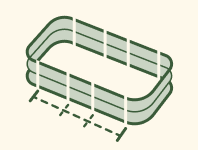






















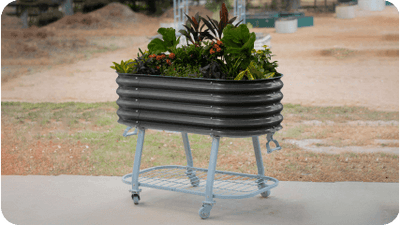











































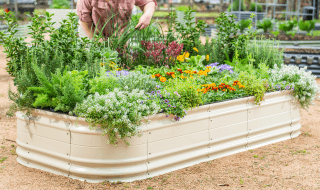
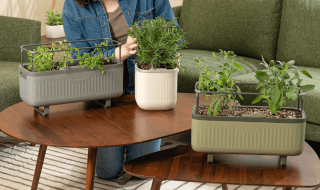
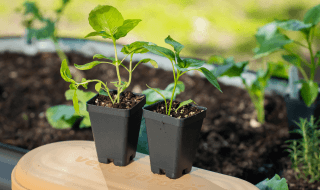
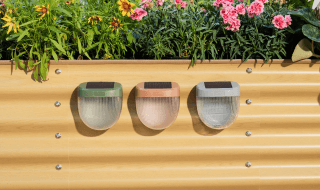

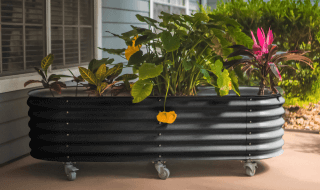







Leave a comment